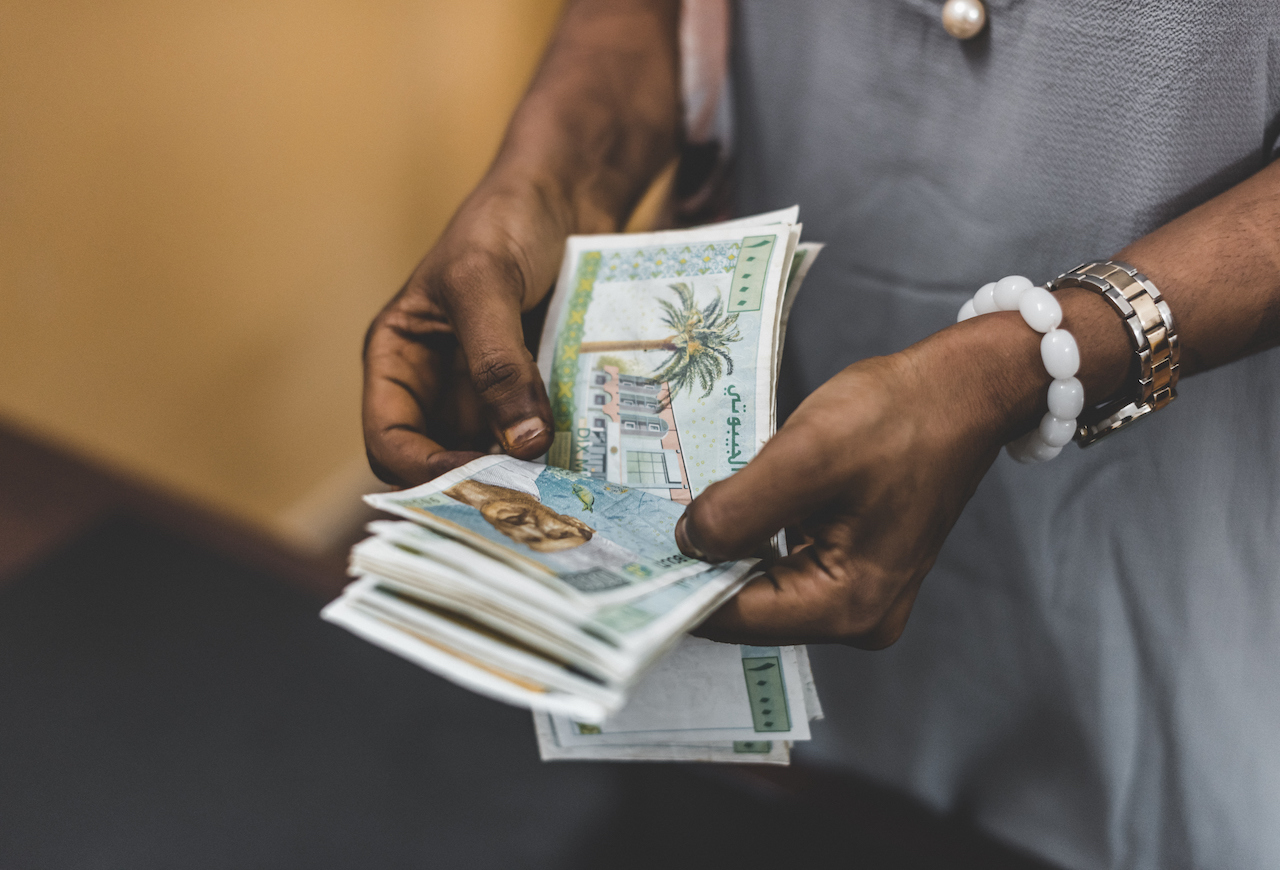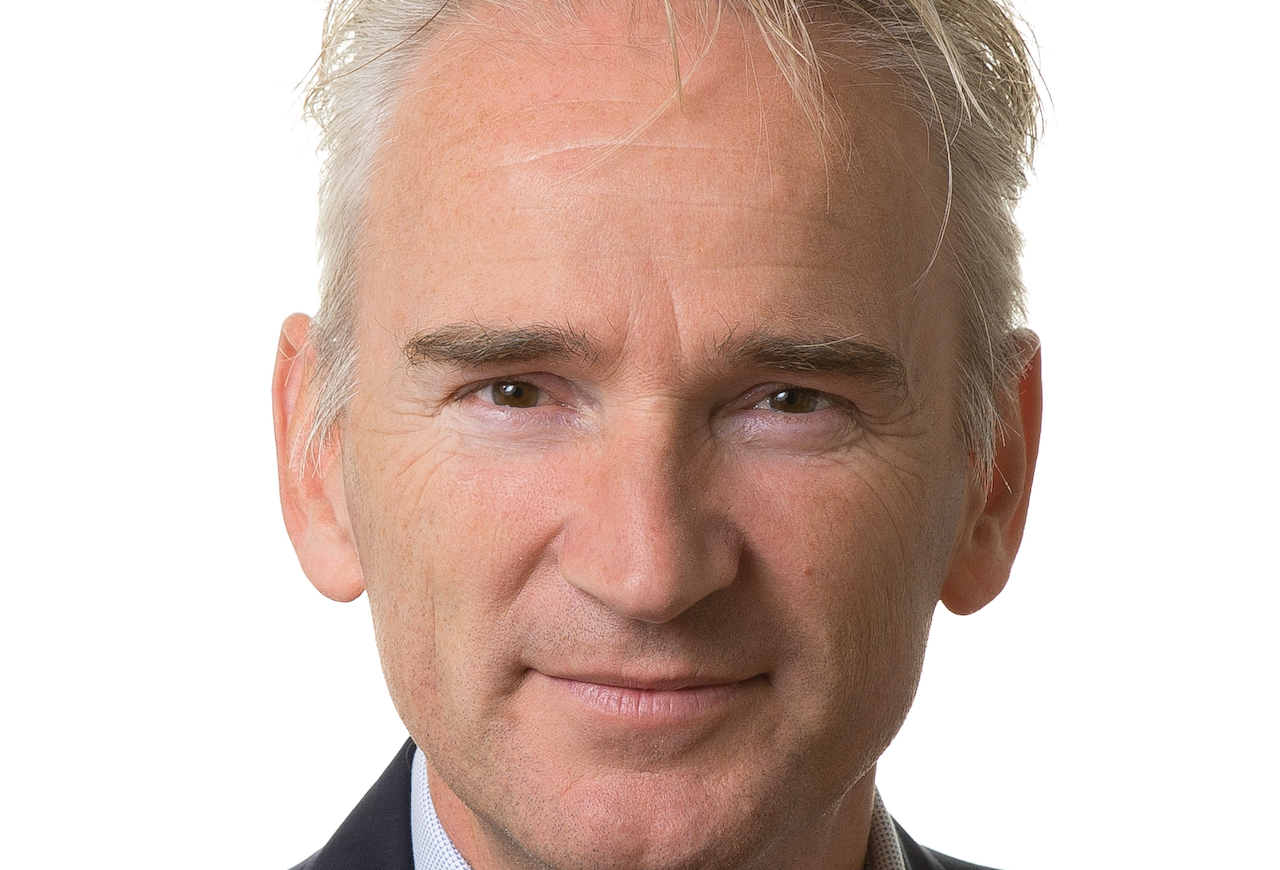As The Currency Exchange Fund (TCX) marks its 15th anniversary, we talk to CEO Ruurd Brouwer about the growing interest in their solutions to manage currency risks in emerging markets, and the absence of competition

In brief
- TCX was established 15 years ago to offer a solution to currency risk in developing markets
- It was the result of a group DFIs, microfinance funds and governments taking action to protect their borrowers from exchange rate volatility
- The fund is supported by all major DFIs, the EU and the Dutch, Swiss, British and German governments.
- In 15 years, TCX has de-risked over $10bn in development finance flows in over 100 currencies
“Suppose you would start a mortgage bank now in Europe, saying to the clients that they can only borrow in Swiss francs because the interest rates are low and we like that. You wouldn’t even get permission from the central bank to open up. They would say: that’s irresponsible banking, because you offload the currency risk to house owners,” says Ruurd Brouwer, CEO of The Currency Exchange Fund (TCX).
But, according to him, that’s exactly what we do when financing the poorest in the most vulnerable countries in the world. It’s the standard practice in development finance lending. “That still annoys me every day,” he adds.
TCX was established 15 years ago to offer a solution to currency risk in developing markets, something that it did not exist until then.

A group of development finance institutions (DFIs), microfinance funds and governments decided action was needed to protect their borrowers against exchange rate volatility that came with their lending practices in hard currency.
As much as this was needed then, it is still very important today. Brouwer says: “The present volatile economic environment and rising debt levels of emerging countries means that the work that we are doing is more relevant than ever before.”
“Be it because of rising food and energy prices, be it because of the US dollar strengthening: borrowers in developing countries can hardly influence currency volatility. Yet, they are forced to deal with the consequences. They can’t predict their debt service payments. Reality hits when their local currency depreciates and their US dollar loan becomes more expensive to re-pay. The only thing they can do is protect themselves. For many emerging markets, the only place where up to now they can do that is TCX.”
Diversification and a strong capital base
In 15 years, TCX has de-risked over $10bn in development finance flows in over 100 currencies, with tenors up to 30 years. The fund is supported by all major development finance institutions as well as the EU and the Dutch, Swiss, British and German governments.
The solutions the fund offers consists of simple financial instruments – swaps and forward contracts – that enable lenders to provide their borrowers with financing in their own currency. TCX takes on the currency risk instead of the borrower.
The fund was set up to take losses in volatile times and build modest capital buffers when emerging markets are performing better. Diversification – holding a portfolio with a large numbers of currencies – is the key to how the fund manages risk, backed up by a strong capital base provided by investors.
Another rather pioneering way that TCX offsets risk is through so-called frontier bonds. “In the past years we’ve found ways to do a lot more on the same capital base”, Brouwer says.
“We do this by on-selling some of our currency exposure to impact investors in the West through frontier currency bond issuances from DFIs. That opens capacity for us to take on more risk in a particular currency. Impact investors on the other hand take on the currency risk whilst taking minimum credit risk with the DFI’s triple-A credit rating. This has been such a growing market that we’ve launched the TCX Frontier Currency Index.”
An example of such a bond is the first-ever one in Sierra Leone’s currency, which Impact Investor recently reported on.
“Impact investors have the opportunity to achieve from the bottom up what decades of top-down government-backed development finance has largely failed to do: develop local finance and capital markets.”
Bureaucracy
The most successful change in lending practices has been made in the field of microfinance. Local currency lending now accounts for around one-third of the total in this industry. That’s a huge difference with institutions like the World Bank or the Africa Development Bank, who still mostly extend loans in dollars.
“These large bureaucracies move very slowly, also because there is not enough incentive to innovate. Therefore, they continue to offload the risk to the governments and private sector borrowers,” he says.
For the first time now, the International Development Association (IDA), the World Bank’s fund for the poorest countries, is considering a local currency pilot transaction. “We’ve been lobbying for this for 6 six years”, Brouwer says.
Absence of competition
Another development is the increased interest for TCX’s services from emerging market governments.
Brouwer explains: “In the first 15 years of our existence we hardly did any business directly with governments. This year, we did the first swap for the government of Uzbekistan, and we’re talking to Rwanda, Georgia and Uganda to do the same. These governments increasingly realise that a sudden depreciation creates huge headaches.”
Despite TCX’s strong growth in the past years “this market is still in its infancy”, Brouwer says. “We do not even cover one percent of the market potential.”
For this reason, he regrets the absence of competition. “Two years ago, with negative interest rates in Europe, we saw a handful of banks moving into this market. But the moment when there’s a crisis around the corner, like today, they walk away.”
Even after 15 years, TCX’s main challenge continues to be creating more awareness about currency risk and the negative effects of today’s standard lending practices. “Whoever we talk to, we still get far too often these puzzled looks. Even many donors are not aware that there is a problem, let alone private parties. Meaning there is still plenty of work to do to better protect borrowers.”
On 15 September, TCX is celebrating its anniversary with the international development finance community in Amsterdam.





